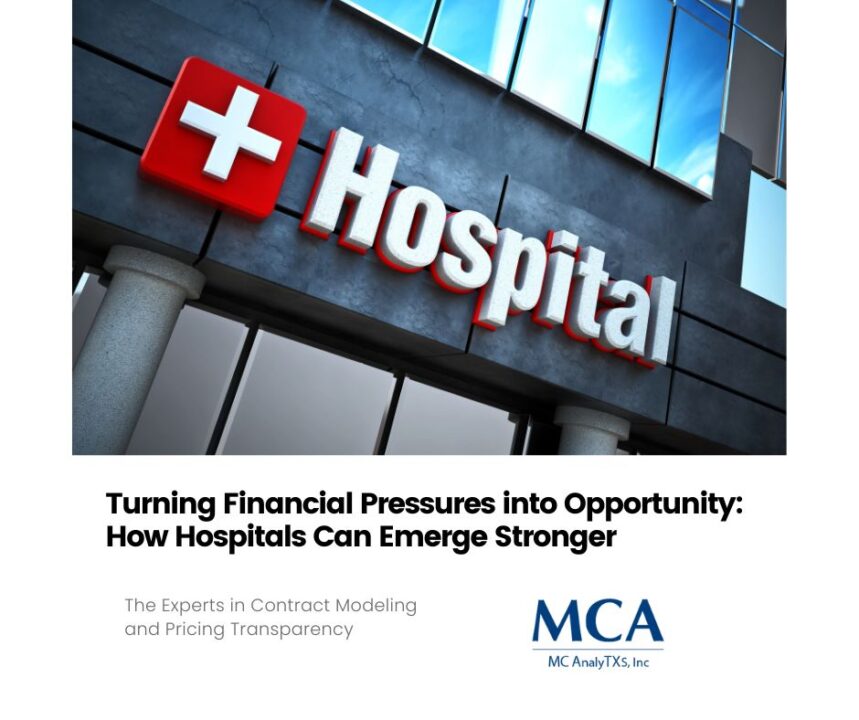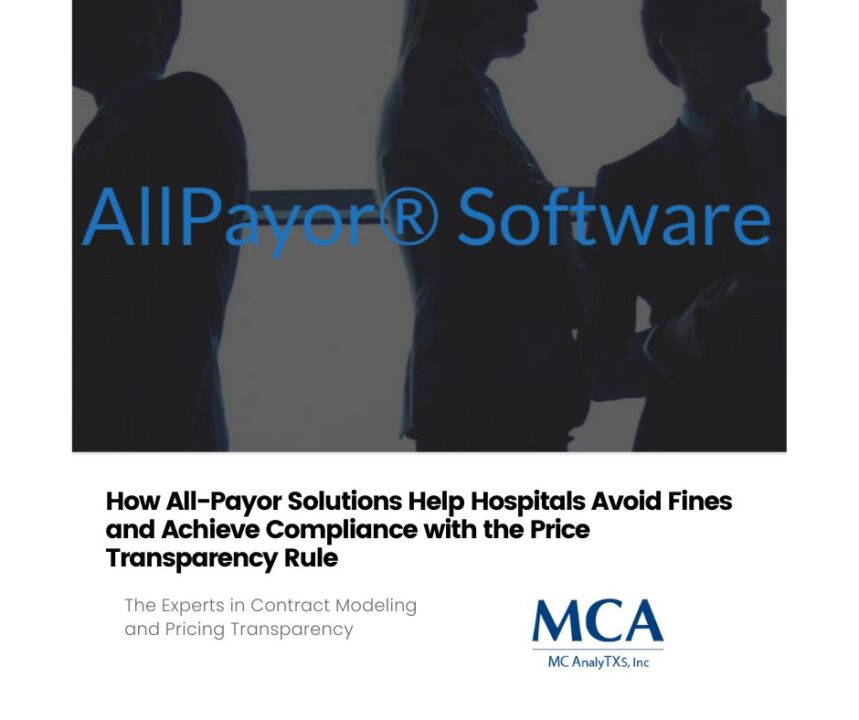
Revenue Cycle Management: Ensuring Comprehensive Coverage for All Claims
February 9, 2024
Avoiding Major RCM Automation Problems
February 14, 2024Navigating the intricate landscape of healthcare revenue management is akin to detective work, with denials acting as the elusive culprits that can jeopardize both finances and patient satisfaction. For healthcare providers and medical office managers, mastering the art of denial prevention is not just about minimizing losses; it’s a strategic move to bolster financial health and ensure patients receive the best care without unnecessary disruptions. In this comprehensive guide, we unravel the mystery of claim denials, highlight their impact on your practice, and provide actionable insights to fortify your revenue cycle from pre-emptive strikes.
Introduction
The stakes within the healthcare industry are higher than ever, as the twin pressures of rising costs and consumer expectations continue to tighten the financial screws. Within this context, denial prevention emerges as a critical piece in the puzzle of effective revenue management.
As providers, you face a daunting task — delivering optimal care while keeping the fiscal engine running efficiently. Denials, which occur for a myriad of reasons, can dramatically undermine this already challenging balance. They cause payment delays, increase administrative costs, erode patient satisfaction, and, in some instances, lead to irrecoverable losses.
This article dives into the whys and hows of denial prevention. We will explore the definition and root causes of denials, underscore the benefits of vigilance, offer practical tips to build your denial defense, and share real-world examples of those who have triumphed in this arena.
Understanding Denials
Before we can prevent them, it’s imperative to understand exactly what denials are and why they occur. In healthcare, a claim is deemed ‘denied’ when an insurer or payer refuses to honor a payment request. This could happen for various reasons, from administrative errors in claim submission to coverage discrepancies and lack of necessary documentation.
Common Causes of Denials:
- Inaccurate patient information
- Mistakes in coding and billing
- Services not covered by the policy
- Lack of pre-authorization
- Filing claims past the deadline
Each denial represents a financial setback, demanding additional effort and resources to rectify. By diving deep into the root causes, you can start preparing a robust defense.
Benefits of Preventing Denials
The deterrent effect of a well-established denial prevention strategy is two-fold, with positive ripples felt across finance and patient satisfaction.
Improved Cash Flow:
- Shorten payment cycles
- Minimize administrative costs associated with re-filing claims
- Reduce the need for patient collections for denied services
- Increase revenue capture, especially for services with high denial rates
Enhanced Patient Experience:
- Prevents delays in care delivery
- Increases engagement with a more transparent billing process
- Demonstrates a commitment to patient satisfaction and care quality
Preventing denials paves the way for a more satisfactory patient journey while keeping the fiscal house in order.
Identifying Potential Denials
A proactive approach to denial prevention begins with identification. Early detection can circumvent the denial loop, saving your practice time and money.
Utilizing Data Analytics and Technology:
Implementing sophisticated analytics tools can unearth patterns in your denial trends, allowing for preemptive adjustments in coding and billing practices.
Monitoring Coding and Billing Processes:
Maintain close oversight of the coding and billing undertaken at your practice. Regular audits can reveal systemic issues that contribute to denials, necessitating targeted interventions.
Best Practices for Prevention
Once you understand the causes and impacts of denials, a multifaceted approach can solidify your prevention efforts.
Clear Documentation and Coding Guidelines:
- Provide your staff with crystal-clear guidelines for documentation and coding.
- Regularly update your policies to reflect payer requirements and industry changes.
Staff Training and Education:
- Invest in continuous education for your team to stay ahead of regulatory shifts and best practices.
- Rotate roles and responsibilities to foster an all-encompassing understanding of the billing process.
Implementing Denial Management Systems:
- Integrate denial management software into your revenue cycle management.
- Automate processes where possible to reduce the likelihood of human error.
By embedding these practices into your operational framework, you fortify your defenses against the tidal wave of denials.
Conclusion
The spectrum of impact that denials wield within the healthcare space is broad, affecting everything from your bottom line to patient satisfaction. Crafting a meticulous strategy for denial prevention is no longer optional but a strategic necessity in a landscape fraught with financial complexities.
By understanding the intricacies of claims denials and adopting a preemptive mindset, healthcare providers can create a virtuous cycle of improved cash flow and patient care. The insights shared in this article are the initial steps toward building a more resilient and efficient revenue cycle that can serve as a blueprint for sustainable growth in the healthcare sector.
As the industry barrels towards greater transparency and accountability, those at the vanguard of denying denials will carve out a competitive edge that not only protects their financial interests but also cements their reputation as providers of choice for patients seeking high-quality, efficient care.
To learn more in-depth strategies and to connect with our experts Join our upcoming webinar on Thursday, Feb. 22nd at 1 pm CST.





